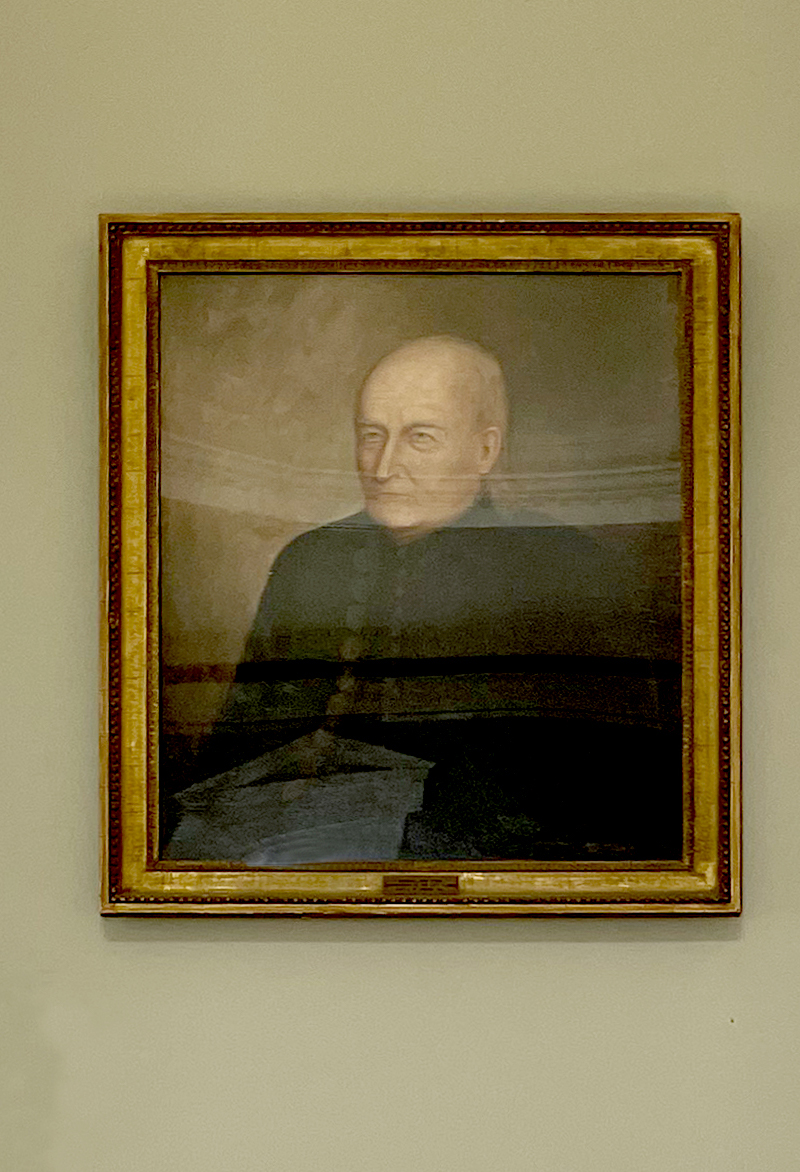
Colonel John Stark
Background
Born and raised in frontier New Hampshire, Stark (1728-1822) served as captain in Rogers’ Rangers during the French and Indian War. Following the Battles at Lexington and Concord in April 1775, Stark rode to Cambridge and began organizing the First New Hampshire Regiment.
At the Battle
Colonel Stark marched the New Hampshire troops to Bunker Hill on the morning of the 17th. Stark’s men manned the rail fence leading down to the Mystic River and built a stone wall defensive line on the beach. l’hey bore the brunt of the first British assault, and repelled all three British attacks on the patriot left. Stark’s soldiers covered the retreat from the redoubt, then withdrew over Bunker Hill towards Cambridge.
After the Battle
Stark served in the 1776 New York and New Jersey campaigns. In August 1777, he led the New Hampshire state militia to an important victory over Hessian units at the Battle of Bennington. Stark’s troops cut off the British escape route at Saratoga, forcing the British surrender. Promoted to Major General at the end of the war, Stark spent the remainder of his life in retirement on his farm in Derryfield, New Hampshire. About the Portrait Copy painted for the Bunker Hill Monument Association in 1910 and donated by Gardiner Lane, president of the Boston Museum of Fine Arts. Original portrait done by Hannah Crowninshield in Salem, Massachusetts in 1810. Stark is depicted at age 82, and wearing his Revolutionary War uniform.
On Loan from the Bunker Hill Monument Association
Category:
GalleryDate:
October 6, 2021



